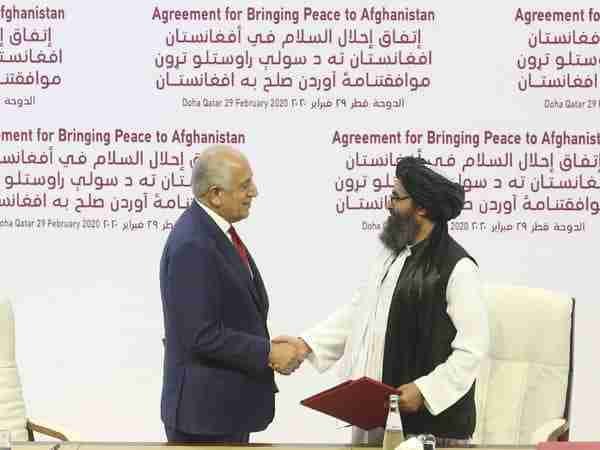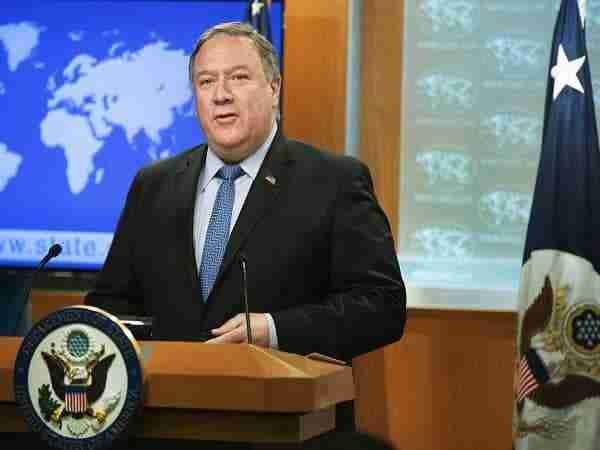A quagmire called Afghanistan
It is pertinent to ask what New Delhi hopes to achieve in Afghanistan.
The latest US deal with the Taliban – that controls half of warn-torn Afghanistan – is both a face-saving exit path for the US and its allies from Afghanistan and as much as an admission of defeat after 19 years of a futile war that has left over 2,500 US and 35,000 Afghans dead and a war bill of over $1 trillion dollars.
The western powers have once again learnt the hard way that no one has been able to subdue the hardy Afghans and thus that land has rightly been called the Graveyard of Empires. The British, Russians and now the US and its NATO allies have fought and were frustrated in their failed attempts there – the hard way. Thus, any attempt by the US to draw India into that hopeless quagmire under the much-trumpeted Indo-Afghan strategic partnership should be viewed objectively.
It is pertinent to ask what New Delhi hopes to achieve in Afghanistan. India has already poured over US $2 billion in aid and development initiatives in this anarchic war-ravaged land, in the absence of any worthwhile development efforts by the US and its allies. They’ve spent billions in chasing the Taliban, the Al-Qaeda and its affiliates, only to realise, two decades later, that the real problem lies in Pakistan.
There are those who argue that Afghanistan, as a part of South Asia, now requires the support of SAARC countries to bounce back. But India apart, nobody has the money to spare for a country that apparently requires US $5 billion a year for at least a decade to become a functional state. It has no financial system worth the name, no laws that are followed and a police force that is ill-equipped and incapable of enforcing stability in land where the writ of the warlords overrides the President and his government whose election and credibility is contestable. The one American agency that could have done some good there, US Aid, was systematically depleted of resources by the hawks in America. And now with the American and European fearing recession, it is unlikely they’ll be willing funding any initiatives, especially after 2021 when the US and NATO will withdraw their frontline troops from Afghanistan.
This is the moment that Pakistan’s military hawks are waiting for. Bereft of financial resources, but with an abundance of proxy armies – led by the Haqqanis and the Hekmatyars – Pakistan’s army will stop at nothing to control Afghanistan. It is wedded to the idea of Afghanistan providing strategic depth against an Indian invasion – an article of faith since the 1990’s – but one that many Pakistani scholars dismiss as sheer paranoia. But even if India is willing to provide the Afghans military and police training, it in itself will be both a herculean task and fraught with negative possibilities. For one, any Indian military presence in Afghanistan will only add to Pakistan’s anti-India hysteria of a two-front threat. And finally, how does India hope to train and equip Afghan forces, when our own Army is overstretched at home, and our policemen are inadequately trained and equipped to battle terror or the Naxal menace, is anybody’s guess.
While India’s development work and socio-economic initiatives have earned it the appreciation of the Afghans, it has also earned New Delhi the annoyance of Pakistan that views Afghanistan as its area of influence, and makes common cause with the Pushtuns, who straddle both sides of the porous Durand line, against the erstwhile Northern Alliance of Tajiks, Uzbeks and Hazaras. Those in New Delhi who hope to earn a place at the high table for all the good work India has done, after the US and NATO withdraw from this land of the ‘Great Game’, should remember how India was sidelined at the earlier conferences at Pakistan’s insistence. And though Pakistan is temporarily in the docks today, it could bounce back, as it often has, in the past.
China has now become the next crutch for a Pakistan that lurches from crisis to crisis. Beijing is keen on whatever energy it can obtain from Central Asia, via Afghanistan, and for this, it expects Pakistan’s help. Moreover, there are others waiting to enter Afghanistan, to stake a claim to its mineral riches – much of which is still in the realm of speculation – and this includes Russia and Iran. The question for New Delhi is: “Does India have the capacity to match the others in Afghanistan without land contiguity or even toe hold to service its presence there?” One reason the Americans were so patient with Pakistan all these years was that most of the supplies for US troops were routed through Pakistan. New Delhi couldn’t possibly even use the ports of Iran, to sustain its presence. Iran’s own interest in Afghanistan apart, India would face constant US pressure for its ties with Tehran. Most importantly, India would be indulging in sheer strategic overstretch.
India must, therefore, learn from how America has dealt with Pakistan, used it when required and dumped it when it has served its purpose. Clearly, there are no permanent friends, but only permanent interests in world politics. Therefore, as Afghanistan has little to offer India, a way forward for New Delhi would instead be to address Pakistan’s fears – of being boxed in by India from two sides – by systematically exiting from Afghanistan, and while extracting in turn, tangible concessions from Pakistan. This must include pro-active measures from Pakistan, that can be verified, to abandon the use of terrorism as a tool against India. And if India still has another billion dollars to spare, then it should stop draining it in Afghanistan, but use that to enhance ties with its neighbours, like Bangladesh and Nepal. This would earn much more goodwill and more security for India on its borders, from its immediate neighbours.
Comments are closed.




Pingback:A quagmire called Afghanistan – Fauji Reporter